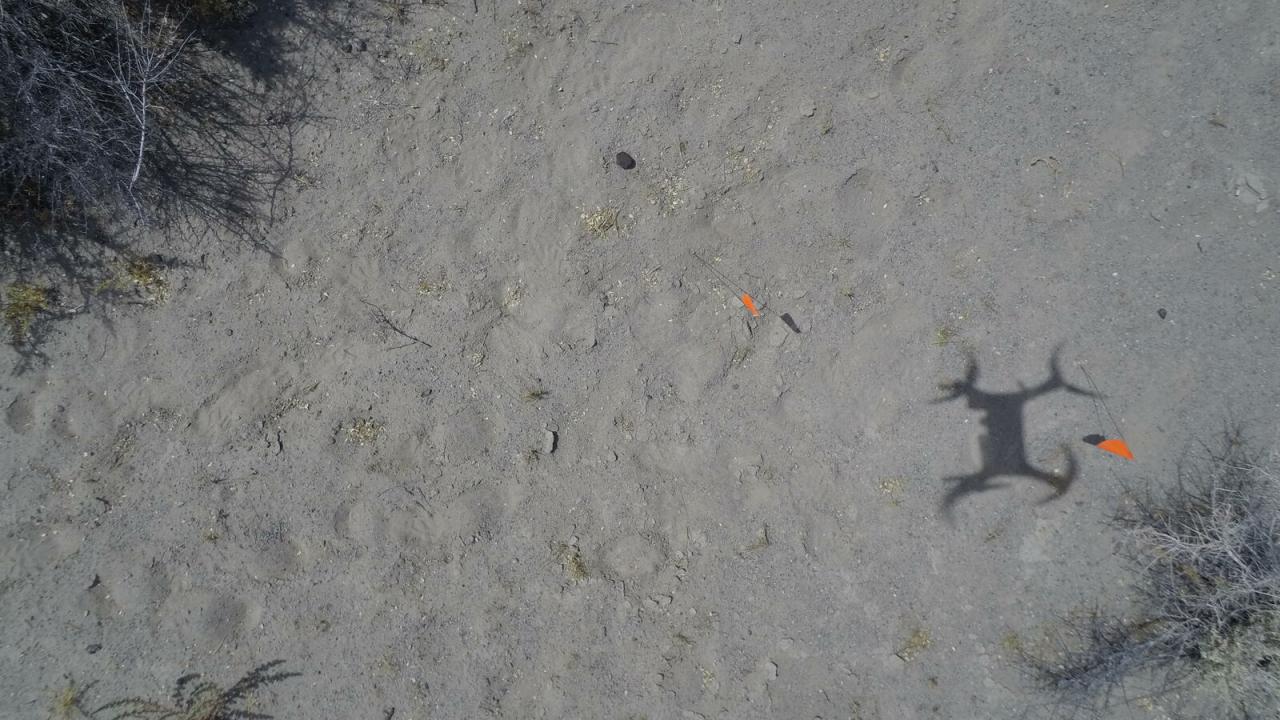For the first time, scientists have recovered a fallen meteorite with the help of drones and machine learning. Automation could lead to more meteorites being recovered, especially smaller fragments or pieces that fell in remote or inaccessible places. Collecting more meteorites means more data about where these space rocks come from and what they can tell us about our solar system. Researchers will also be able to spend more time on analyzing meteorites instead of searching for material.
The meteorite was recovered in Western Australia by a team from Curtin University, Perth, led by Seamus Anderson. The Australian Desert Fireball Network had detected a falling meteorite in April 2021 and predicted its likely “strewn field.” The team used two drones to search the area, with a machine learning algorithm searching drone images for candidate objects for a closer look.
Last year, Robert Citron, a postdoctoral scholar at the UC Davis Department of Earth and Planetary Sciences, led a proof-of-concept study of meteorite hunting with drones in Nevada. The team programmed drones to fly a grid search over a strewn field in which they had placed target objects, using machine learning to search images for meteorites.
The Australian study, recovering an actual fallen meteorite, is a huge leap forward, Citron told Physics World.
“As technology becomes cheaper and more readily available, it can be more accessible to other individuals or groups wishing to perform such studies, increasing the overall recovery of meteorites worldwide,” he said.
Media Resources
Successful Recovery of an Observed Meteorite Fall Using Drones and Machine Learning (arXiv.org)
Recovery of Meteorites Using an Autonomous Drone and Machine Learning (Meteoritics & Planetary Science)
